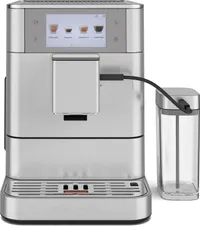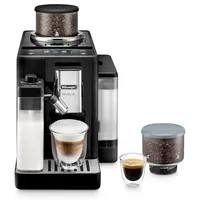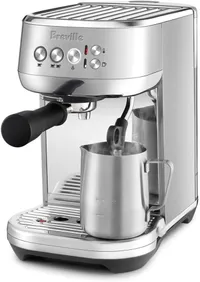I asked an expert why automatic espresso machines and manual espresso machines taste different — and I'm really surprised
I thought the problem was the machine, but really... it's me?
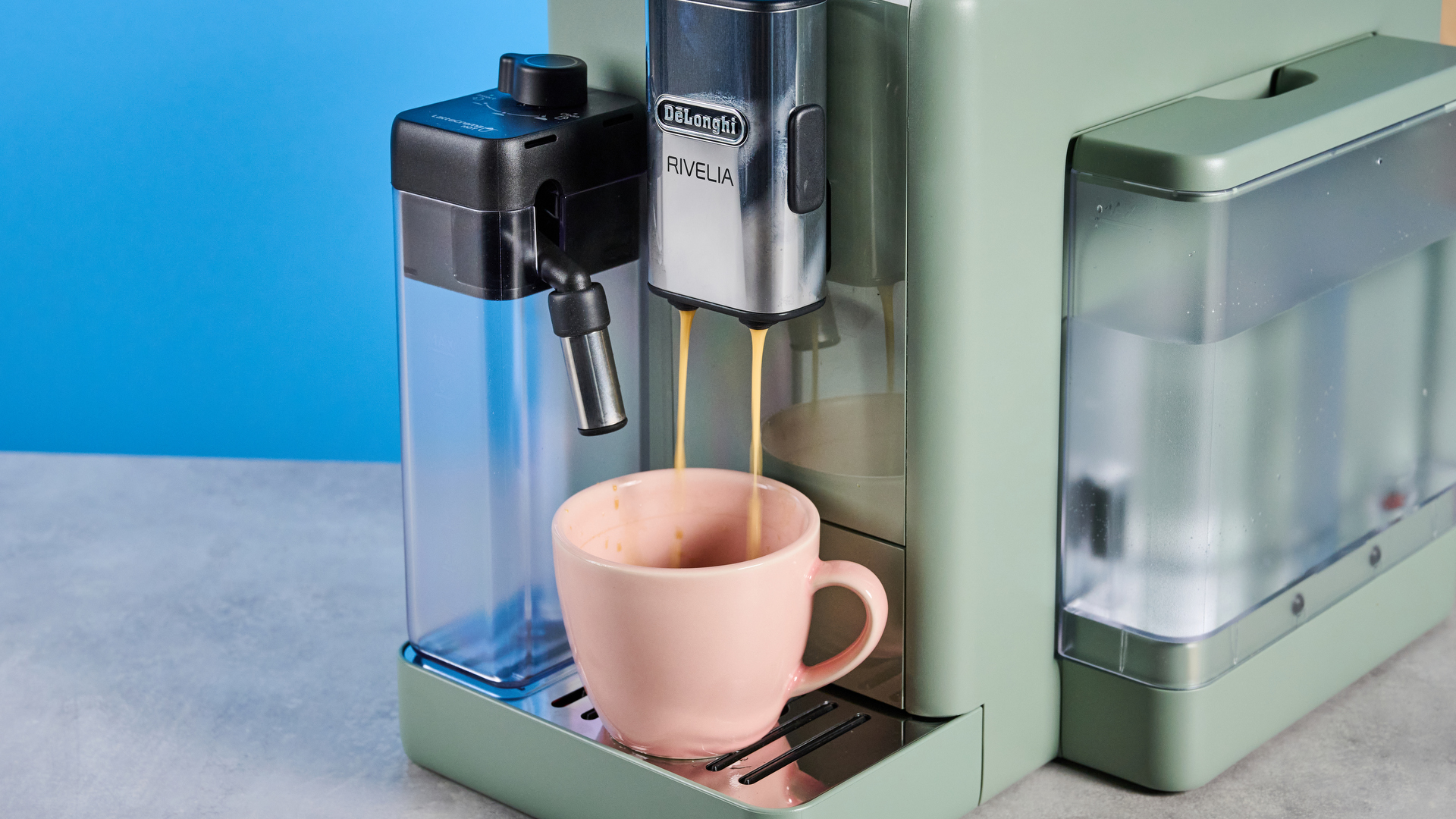
I'm one of Tom's Guide's resident coffee nerds, which means I spend a lot of my life making, drinking, and writing about coffee. I test every coffee machine I can get my hands on — everything from traditional manual machines like the Breville Bambino Plus to the superautomatic Jura coffee machines. The best espresso machines? I've tested 'em all. I'm also an ex-barista, so I have plenty of experience on commercial machines, too.
But there's one type of machine I just can't get on with: automatic espresso machines. I've tested some of the highest-rated options, like the De'Longhi Rivelia and the KitchenAid KF8. But I just... their espresso just doesn't taste great. There are a few iconic machines I have yet to get my hands on, like the De'Longhi Magnifica ($899), but for the most part, I've not been impressed so far. I assumed it was because superautomatic coffee machines brewed differently to manual, but it turns out I'm wrong.
I thought maybe the grind and dose mechanisms were massively different — but manual and auto machines actually use the same internal tech. The only variable? The human touch.
According to an expert, the long and short of it is...
I spoke to Anna Batten, who is a Product Manager at Smeg/La Pavoni. Smeg is known for its range of beautiful, premium coffee machines, like the EMC02 Mini Pro and the automatic Smeg BCC12 ($799). La Pavoni is the company credited with inventing espresso, so I think it knows what it's doing.
The EMC02 Mini Pro is the coffee machine I have dreams about — if money was no object, this would be the machine taking pride of place in my kitchen.
So I was super excited to get to pick Anna's brain about the nerdy tech inside different coffee machines. Anna said, "The only real difference between how manual and automatic machines work is how much human interaction you have with the model."
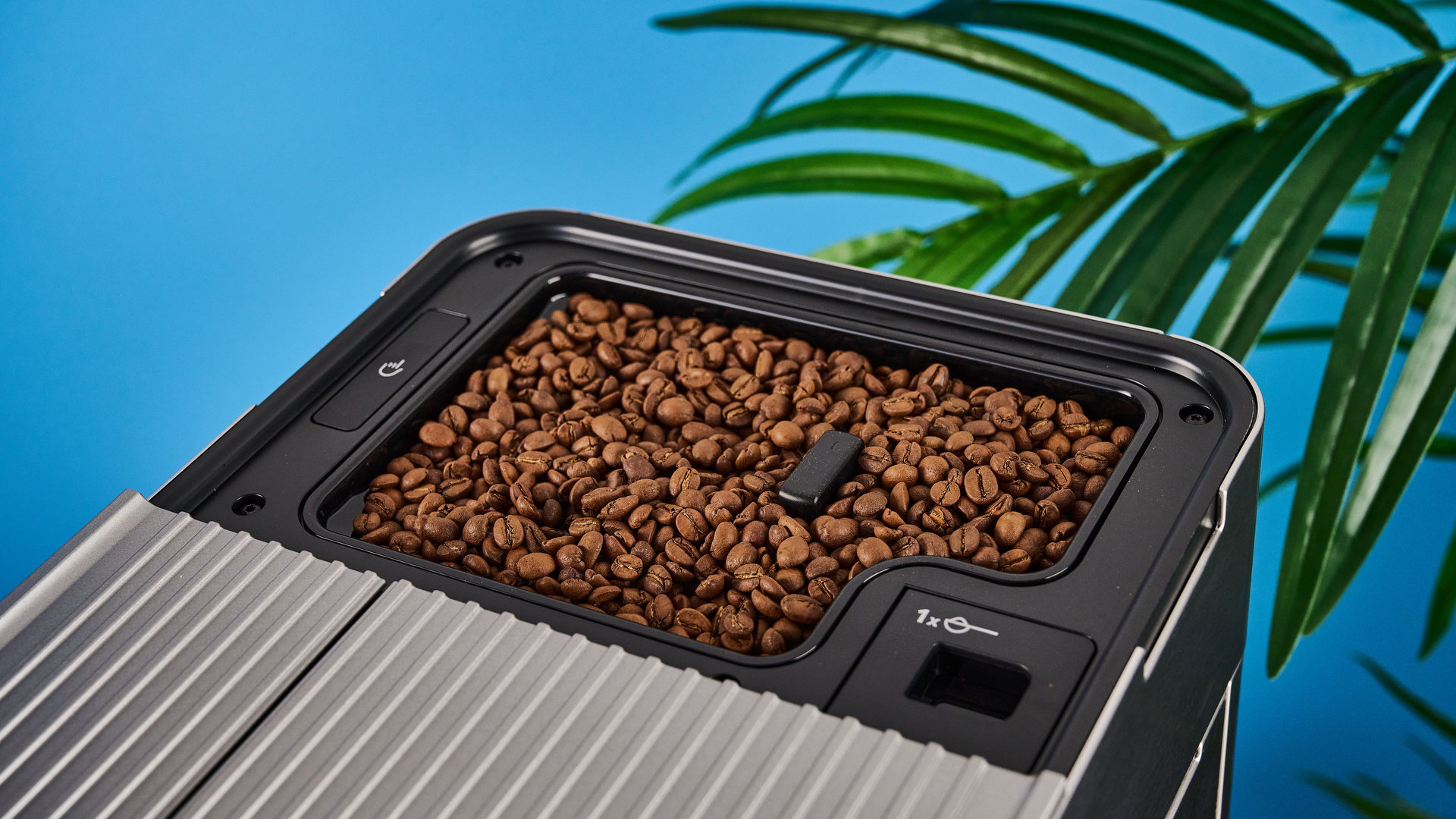
She added, "an automatic machine will be set up to prepare a consistent espresso for you, measuring the dose, tamp pressure and duration of extraction, where with a manual machine this will be down to the user to do for themselves."
Get instant access to breaking news, the hottest reviews, great deals and helpful tips.
So... I'm the problem. There's nothing inherently different about how a manual and automatic espresso machine pull shots, other than my personal flavor preference.
I've also spoken to Shonali Paul of Paul John Indian Caffeine Company. Shonali said, “The difference in [automatic] machines is that they have a set process to produce the coffee you want. You can’t change or tweak anything about the brewing methods. However, it will give you any coffee at the touch of a button without having to guess any rations or grinds.”
So basically, the only difference between automatic and manual espresso machines is you, the user.
So how do I make a perfect shot of espresso then?
Making espresso is as much of a science as it is an art. Anna said, "The whole coffee preparation is important in creating the perfect espresso. This starts firstly with the grind size, ensuring this is the correct size for the blend of coffee that you have, as this will vary depending on how the coffee beans have been roasted."
The general rule of thumb is that lighter roasts need a finer grind, and darker roasts require a coarser grind. When you pull a shot of coffee, you're looking for an espresso texture akin to honey.
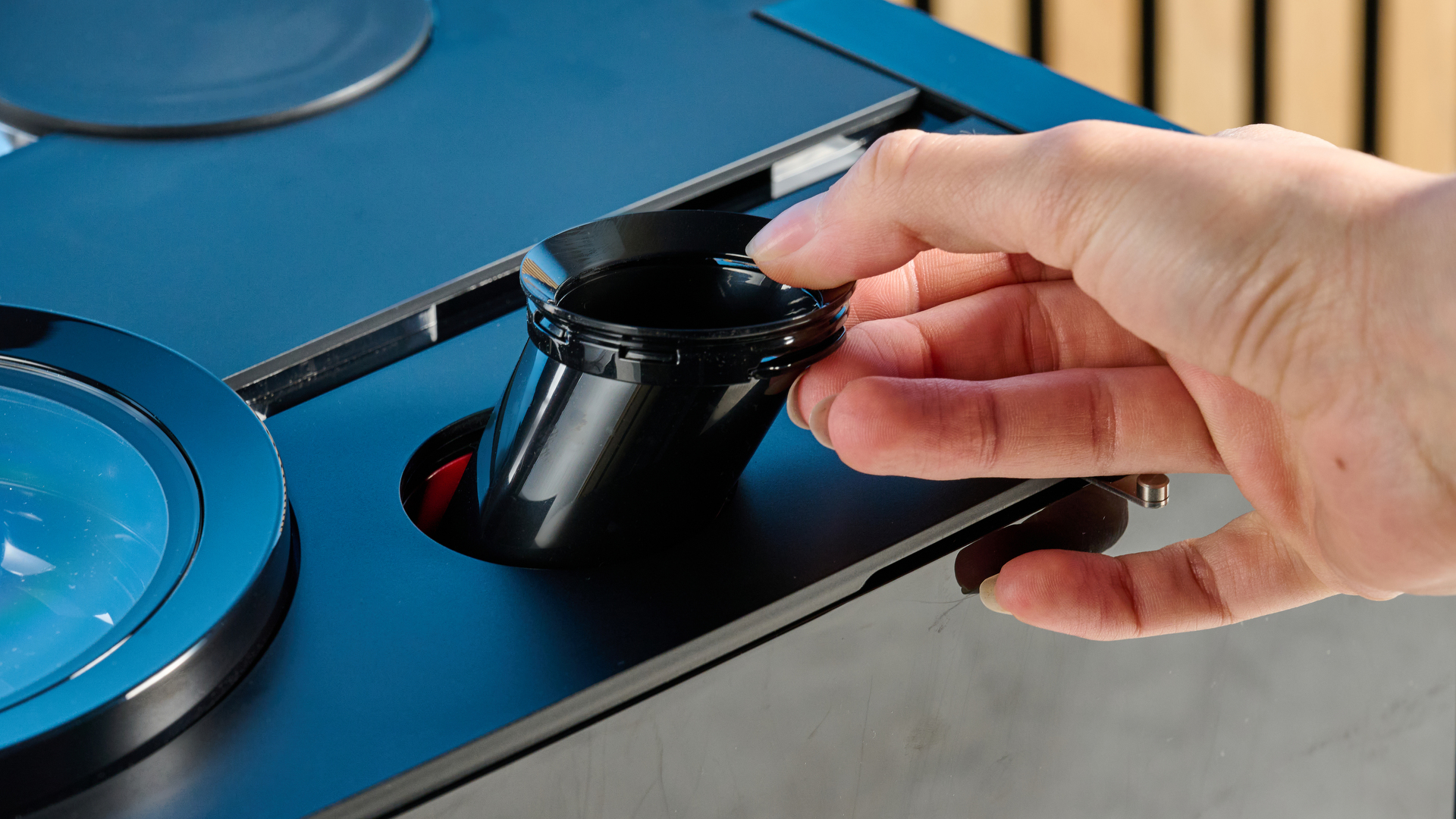
Anna went on to say, "Next would be the quantity of coffee that would be optimal for the size of filter that you are using." This means single- and double-shot portafilters require different volumes of coffee.
"Lastly would be the amount of pressure and how evenly this is applied when tamping your coffee, if this is not roughly around 13-14kg and evenly applied otherwise this could result in channelling or the water moving too quickly or too slowly through the puck."
As an ex-barista, I know precisely how important all these steps are. However, both manual and automatic machines require the exact same coffee process — so why does automatic coffee taste so different to manual?
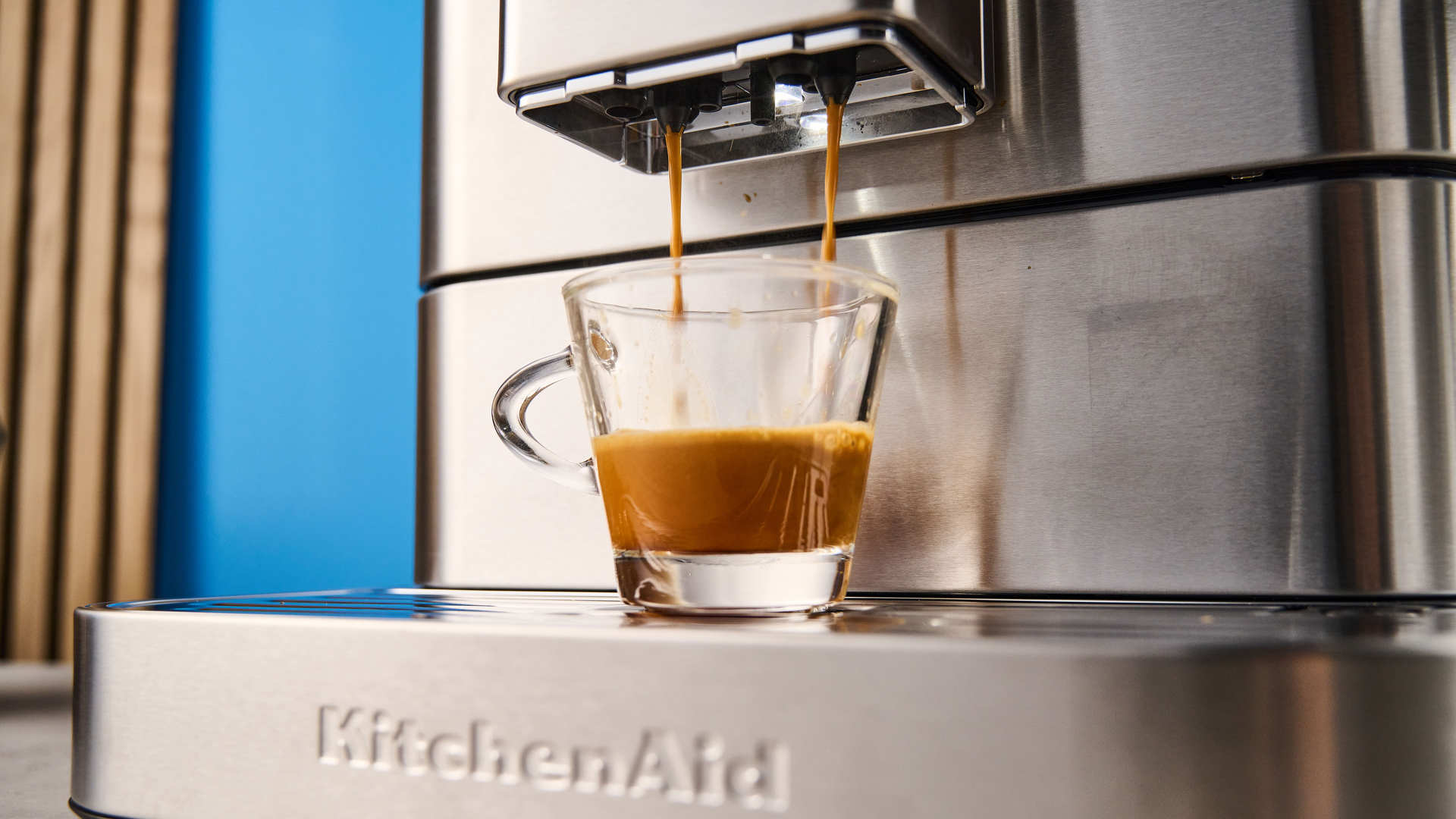
Grind, dose, and tamp all contribute to the overall pressure — and therefore flavor — of espresso. Anna says, "[Pressure] will affect how well the water runs through the puck and will impact the flavors and oils you are extracting from the coffee grounds. If your espresso was under extracted you might find this to be weak, maybe a bit sharp or sour, whereas if this was over extracted it might taste burnt and bitter and leave your mouth feeling a bit dry."
Auto and manual machines should both reach 9-bar pressure to extract espresso, although auto machines can reach that more reliably, as user error is removed from the equation.
Manual coffee machines have more room for error, because every aspect of the brewing process relies on you. However, Anna says, "Automatic machines are great for creating a consistently good coffee and most of these machines are set up for very little human intervention to streamline this process. On Smeg’s machines you can increase/decrease the grind size to adjust the strength of the coffee you are making."
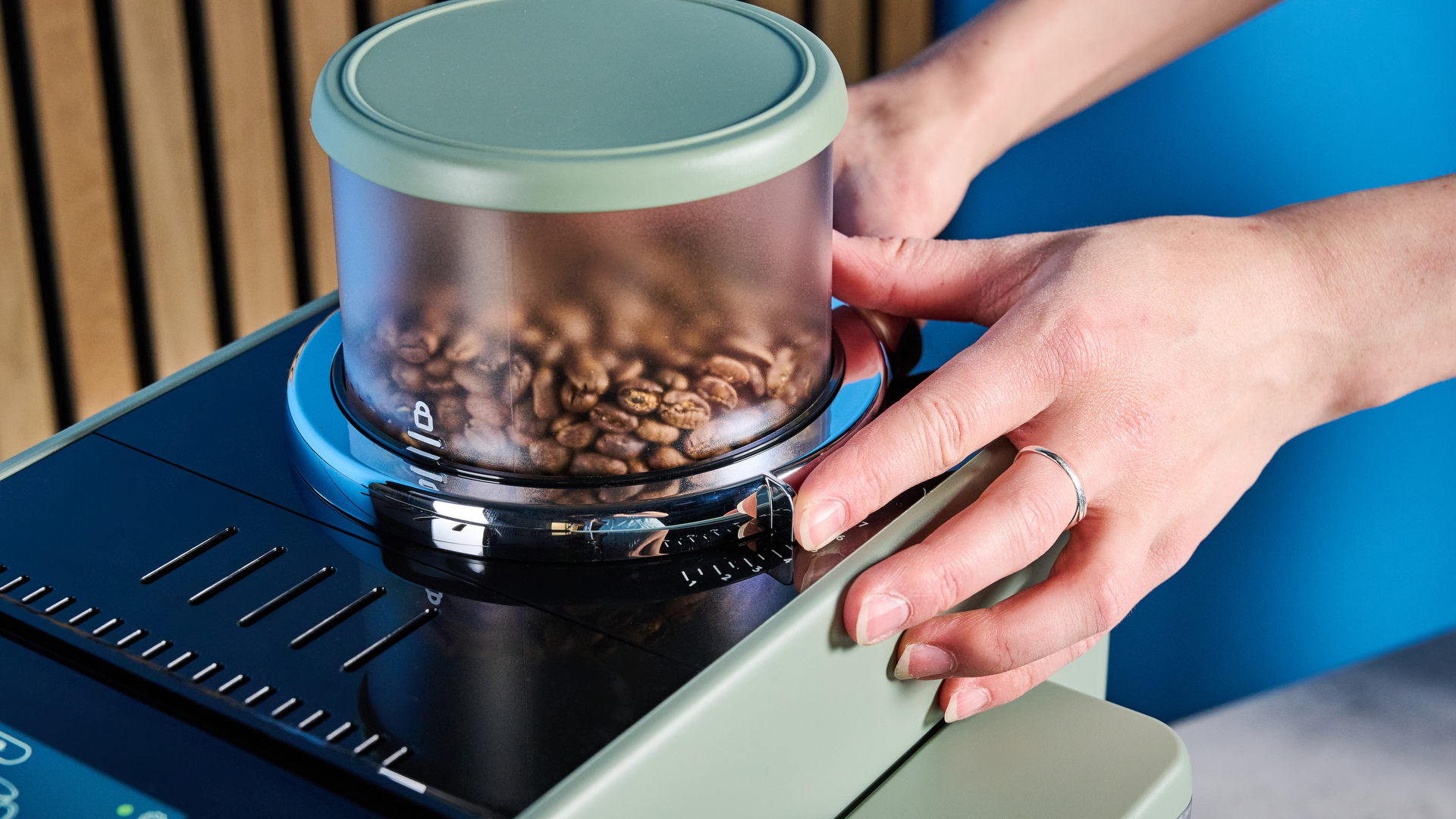
So the main difference between manual and automatic coffee machines — and likely the reason why I'm personally not a massive fan of auto espresso — is the human touch. With a manual machine, I can fine-tune every step of the way to my personal tastes. I'm in the mood for a bigger, yet more balanced coffee? I can pull a lungo.
I want a richer coffee? I can adjust extraction to get a ristretto shot instead.
I want a shot so bitter and strong that it makes me wince? Weird, but on a manual machine, I can do that with a bigger dose and a finger grind (although my machine might argue with me during extraction).
Automatic espresso machines are ideal for one particular type of consumer
At the end of the day, automatic espresso machines do pretty much the same thing as a manual espresso machine. The only difference? You.
If you're a relatively inexperienced barista and you're using a manual machine (like the Breville Bambino Plus), your coffee probably won't taste as good as an automatic machine.
However, as I said above, if you're an experienced barista and you've got a great grinder, then your manual coffee will probably taste better for you.
You're in control of the brewing process, you can alter everything to suit your particular tastes. Automatic coffee machines make coffee one way for everyone. Some people love that, just as some people hate it.
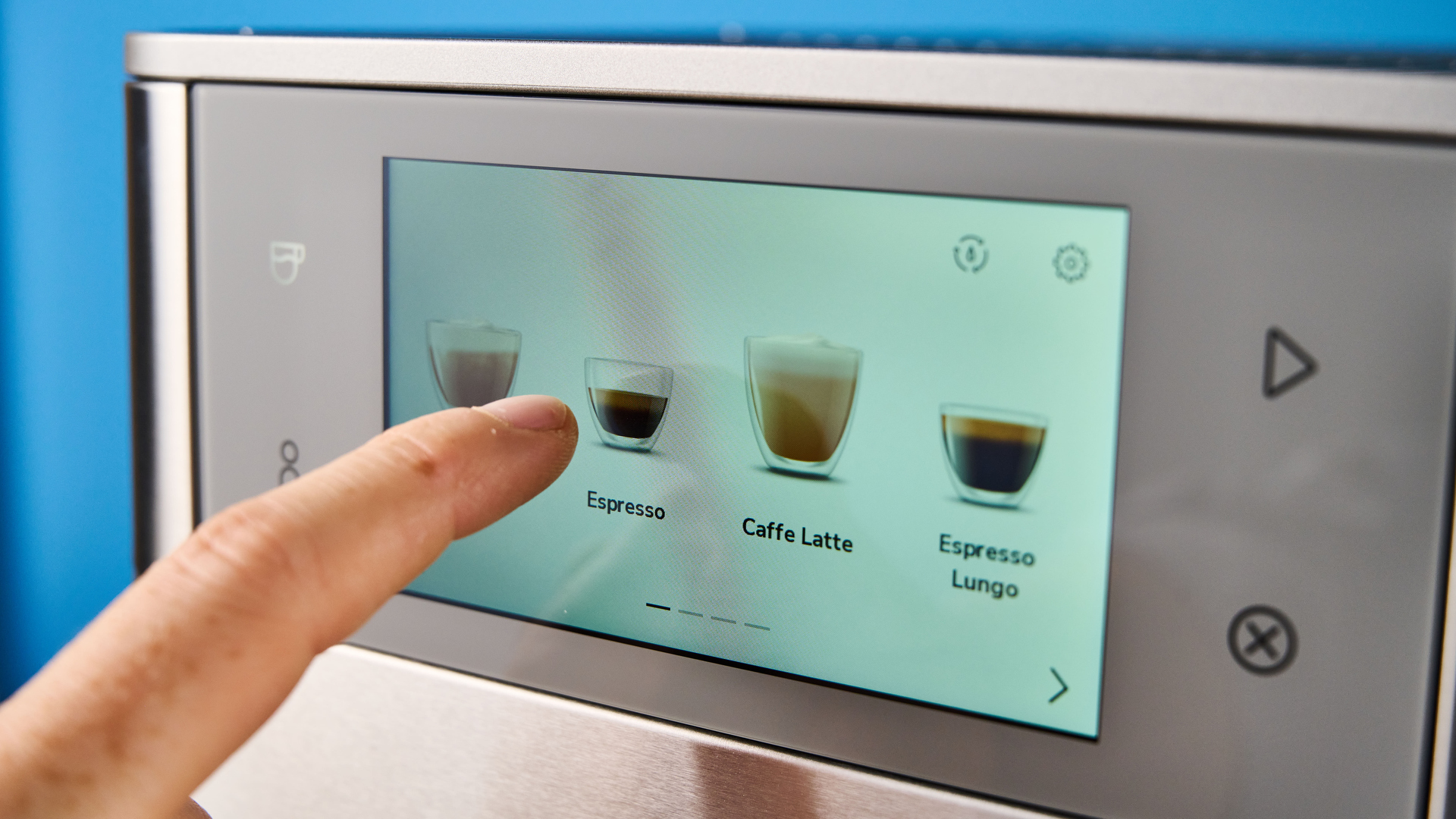
Anna said, "If you want to fully adjust the coffee you are creating, an automatic machine wouldn’t be the correct model to choose, and a manual machine would be better suited to the user’s needs. Automatic machines do the one thing manual machines can never do: they save you time. And effort."
It's so true. For some people, time is too precious to be spending five minutes a day making a coffee. And that's totally fine. Some people — parents, professionals, anyone in between — need to do everything in their power to save as much time as possible.
And for those people, an automatic coffee machine is the answer. As much as serious coffee lovers maintain that automatic espresso machines make "nasty" beverages, it's a worthy sacrifice for others.
So while I haven't found an automatic coffee machine that makes coffee to my personal preference, you should be able to find one suitable for your palate.
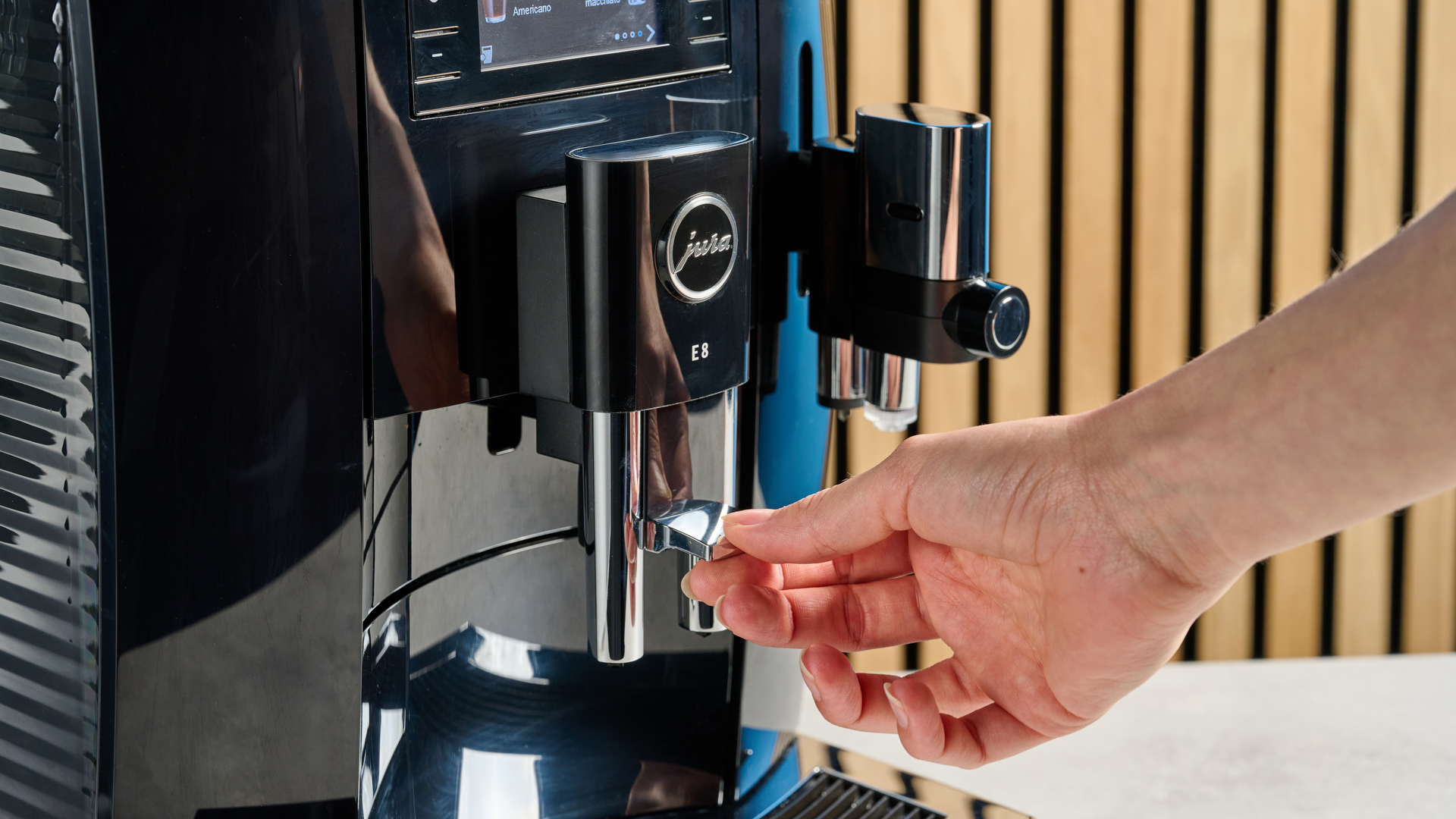
I definitely fall into the "I-want-to-spend-five-minutes-making-a-coffee" category of people. I have a decent amount of time: I'm not a parent, I work from home twice a week, and I actively class coffee-making as one of my hobbies. So I'm happy to grind my beans by hand and pull that shot with precision.
But that's not everyone. If you want coffee reliably, regularly, and quickly, I've got some recommendations for you. I've personally tested these automatic coffee machines, and I'll be testing the highly-rated Smeg BCC12 in the coming weeks.
If you get the right machine, automatic espresso machine coffee will taste better than the internet would have you believe.
In my KitchenAid KF8 review, I wrote that "The KF8 pulls espresso shots through single-walled portafilters, meaning the espresso isn’t aerated as it’s extracted. This results in a more balanced yet complex flavor profile." I actually really enjoyed the flavor of the KF8's espresso: it was thick, sweet, and creamy. The KF8 also has a lovely bright screen and can make both dairy and nondairy milk drinks.
I awarded the De'Longhi Rivelia a 3.5 rating in my review, which means it's "very good" although not "great". I particularly loved its "Bean Adapt" feature. This basically analyzes your beans and tells you what grind size to use and what temperature your espresso should be. This is one of the few machines I've used where you can actually manually adjust the grind size!
And one for the manual espresso enthusiasts.
If you are curious about making your own espresso, then there's no better place to start than the Breville Bambino Plus. This compact machine can fit into almost any kitchen. Also, it's so straightforward that I think a complete beginner would be able to set it up and get brewing within minutes. In my Breville Bambino Plus review, I praised its delicious espresso, tiny size, and the steam wand ease of use.
Follow Tom's Guide on Google News to get our up-to-date news, how-tos, and reviews in your feeds. Make sure to click the Follow button.
More from Tom's Guide
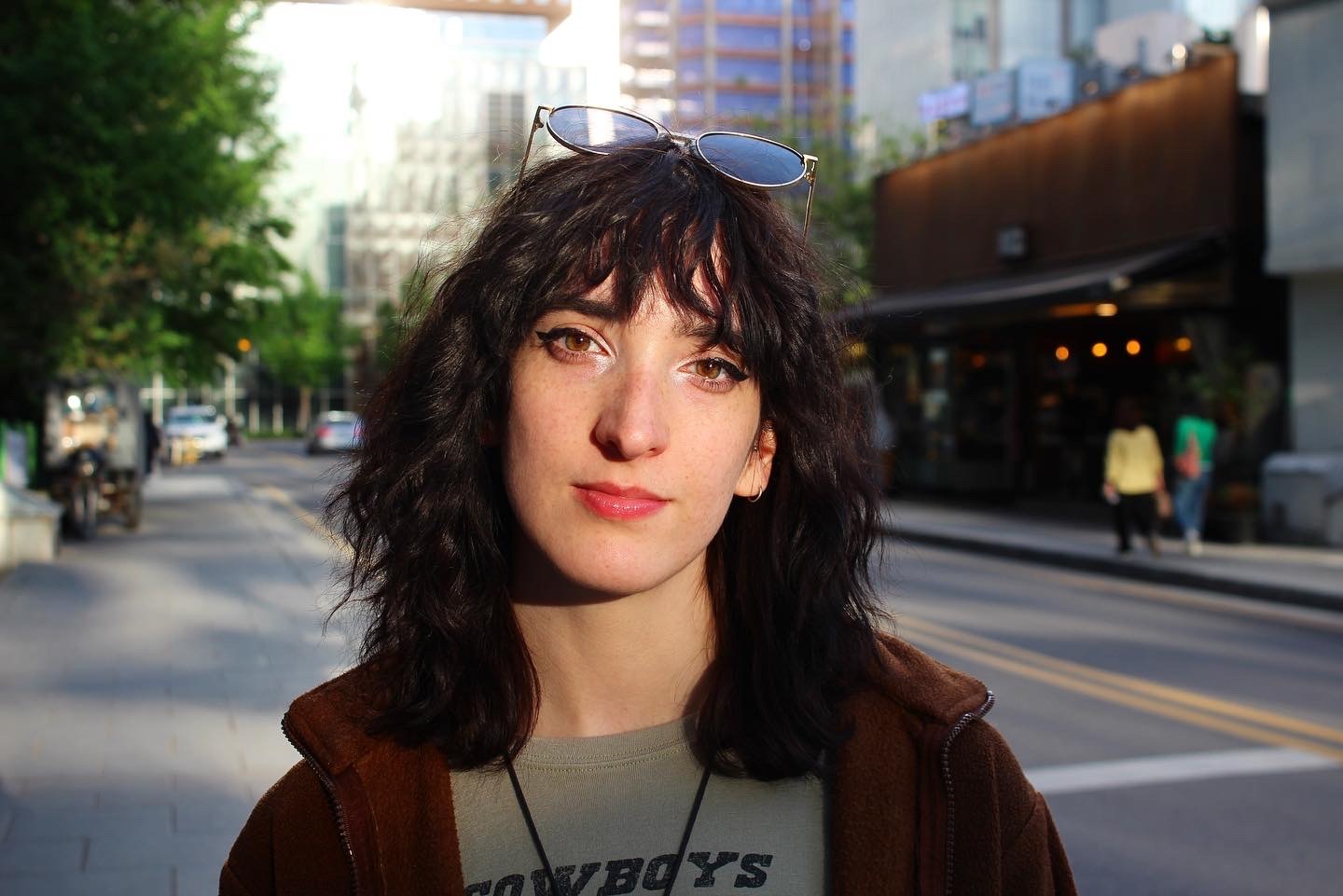
Erin Bashford is a senior writer at Tom's Guide, focusing on reviews. She has a Masters in Broadcast and Digital Journalism from the University of East Anglia. As an ex-barista, she knows her way around a coffee machine, and as a music lover, she's constantly chipping away at her dream of having a multi-room home sound system. In her spare time you can find her reading, practising yoga, writing, or stressing over today’s NYT Games.
You must confirm your public display name before commenting
Please logout and then login again, you will then be prompted to enter your display name.
